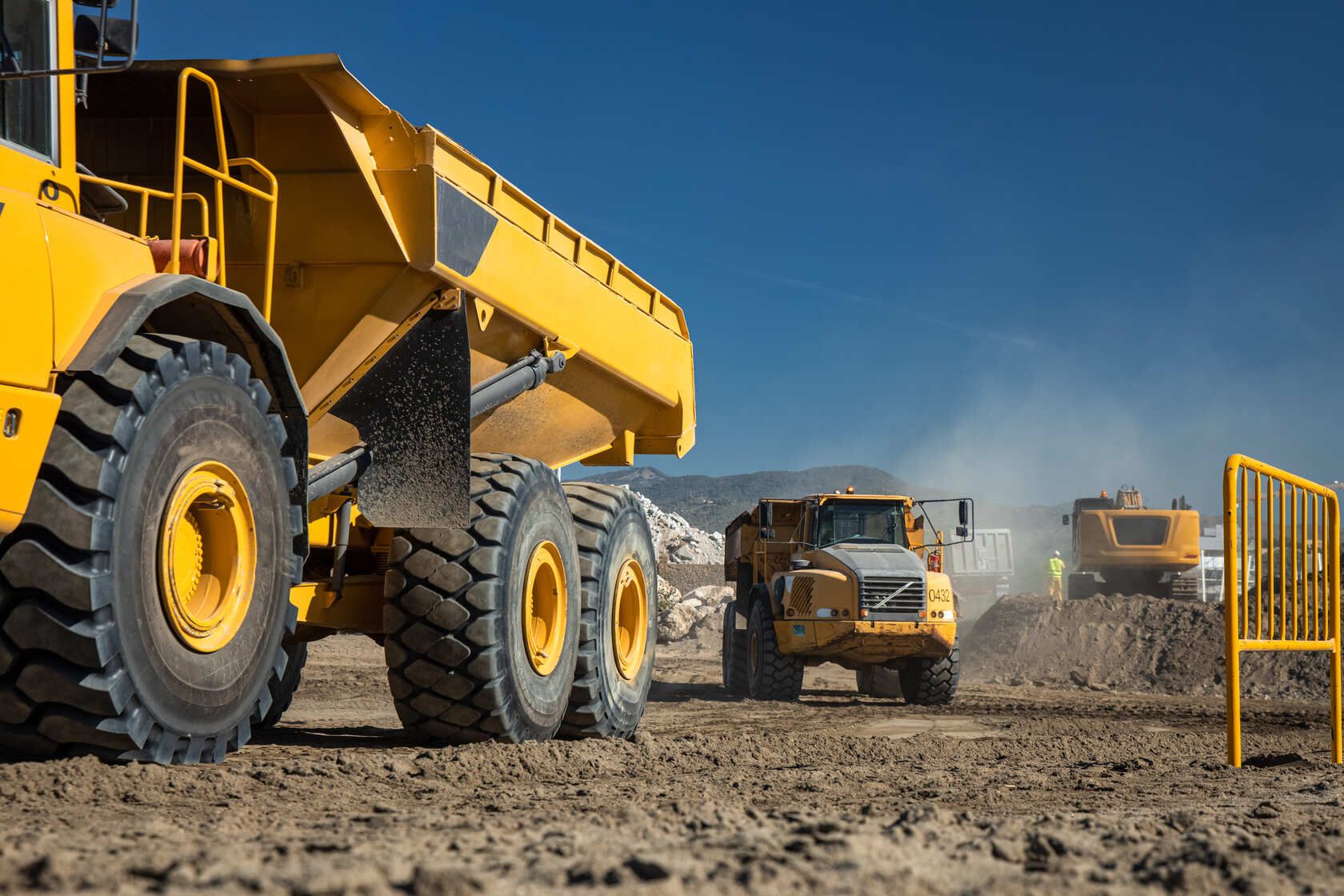Locomotive Repair: Radiator Systems in Trains
A vast number of the population is reliant on trains; they are an ideal method of transportation for those who commute to work, do not own a car or driver’s licence, or those who wish to reduce their carbon footprint through travel. With such a vast number of people relying on the smooth running of trains, it is important that they are in working order and operating safely to avoid damage, disruptions and safety concerns.
Specialist locomotive radiators are required to keep a locomotive’s engine cool so it can run efficiently. Read on to learn about how train radiators work and what can go wrong when they are damaged and in need of repair.
How They Work
In trains, radiator systems are used to regulate the temperature of the engine, allowing it to operate at a consistent temperature without overheating - no matter the outside climate.
As the liquid coolant in an engine (usually water or sometimes oil) is pumped through the engine block, it gets extremely hot and needs to be cooled down before repeating its cycle - which is where the radiator comes in. When the coolant circulates through the engine and into the radiator, the heat from the coolant is transferred through the radiator passages to the atmosphere.
Fans are used to assist this process, blowing air across the radiator fins to further cool the liquid as it is pumped through.
What Can Go Wrong
If there is damage to the radiator, intercoolers (these cool the air before it enters the engine), aftercoolers (these cool the air after it leaves the engine) or fuel tank, then there is a high likelihood that the engine will overheat. There are a number of subsequent issues that may follow this.
There are certain components in an engine that cannot withstand temperatures of a certain degree, thus an overheating engine can cause these to melt and become misshapen. This results in improper functioning, reducing the speed and efficiency with which the engine can run, or even leading to engine failure. If the coolant in an engine also overheats it can reach the point of boiling, which will result in growing pressure in the hoses that it travels through, increasing the risk of bursts.
Now imagine the consequences any of these would have on a train. Due to the vast size of locomotive vehicles, the repairs or replacements that would be needed for such damages would be extremely costly and time consuming if not addressed promptly and professionally.
Not only that, but should any engine damage not be addressed immediately, then there is a higher chance of engine failure occurring when the train is running or supposed to run, inconveniencing passengers and staff either waiting to board or already on the train. It can be agreed that the middle of a railway track is not an ideal or safe place to be stranded. This is why it is vital to keep on top of the condition and functioning of your train’s cooling system.
Train Radiator Repair
Here at Applied Radiators, we have a number of rail industry clients whom we have trusted, long-term relationships with. We provide quality train radiator repair, along with the maintenance and restoration of other locomotive components, offering our services nationwide across the UK.
If you wish to enquire about our services and the products we supply, then contact us today - our team will be happy to help with your needs!




